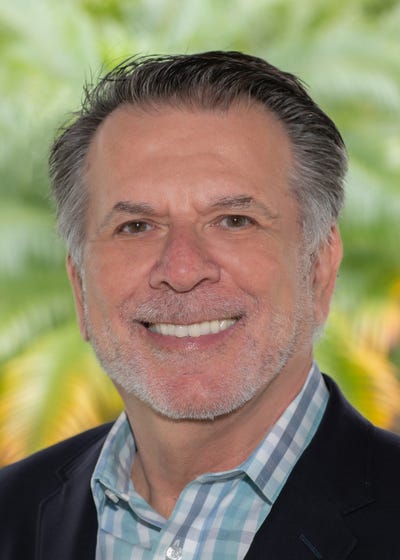Whether in Real Dollars or Expected in Services, Retirement Plan Advisory Fees Are DecliningWhether in Real Dollars or Expected in Services, Retirement Plan Advisory Fees Are Declining
The times they are a-changing.

Many retirement plan advisors push back on the notion that their plan level fees are declining. But the reality is that the Triple F services (fees, funds and fiduciary) have been commoditized and auto-plan design does not require an advisor. Advisors’ need to offer more for less is fueling RPA consolidation.
For example, it’s rumored that a well-heeled RPA aggregator bid $35,000 on a $1.3 billion plan, or 0.27 basis points—basically nothing. How can they make money? Do the math.
CAPTRUST claims that it finds participants with $1 million in investible assets every eight meetings. Assuming 20% of employees use their one-on-one service, which I assume attracts the wealthier participants, 2.5% of participants are good opportunities. If the $1.3 billion plan has 10,000 participants, that’s 250 participants at an average fee of $10,000 or $2.5 million, which is why the company's CEO, Fielding Miller, declared at the 2018 RPA Aggregator Roundtable, “Our participant fees dwarf our plan fees.”
Intellicents’ Brads Arends estimates that an average participant generates $283 monthly with $16 from retirement, $17 from benefits and $250, or 88% from wealth services.
At some point RPAs gobbling up wealth firms will be giving away plan services, which is basically what CAPTRUST and Intellicents are doing now.
Pricing models have morphed from commissions to fee-based to flat fee plus additional charges for other services like one-on-one and group meetings. Some firms like PCI have performance accelerators. Advisors charging asset-based fees will face difficult questions like, “What services does that include?” If Triple F’s only, it’s hard to argue that fees should increase with assets. If more, what if the client does not want or need all services? Reduce the price?
Even if some RPAs are maintaining base Triple F fees, they are being asked to perform many more services especially for participants, which practically deflates their fees by increasing costs.
What can advisors do?
Along with participant services, some are turning to advisor-managed accounts charging an extra five to 10 basis points. Others are co-creating products with DCIOs like flexPATH, but they have become targets of litigation because of conflicts of interest.
Though record-keepers will eventually have to disclose platform fees from DCIOs, the problem is more acute for fiduciary advisors who take sponsorship and marketing dollars as their compensation must be level. Regardless of the law, plan sponsors are getting smarter and might not want providers and advisors who only offer funds and services willing to pay even if they screen well. Would you want your doctor to only recommend treatments or pharmaceuticals that pay to play, ignoring possibly better options?
All of which has already played out in the institutional market already, which has gone through massive consolidation on a significantly grander scale than RPAs because, in part, plan fees were declining. They have turned to OCIO services and private labelled products and are now looking to come down market.
Declining advisory fees do not mean that advisors who basically serve as a “chief retirement officer” turning into a “financial benefits advisors” do not add value. They make the sale and, if they are doing their job, oversee the plan and offload a lot of work from HR and financial professionals who have little to no training.
But to remain relevant and viable as the 401(k) industry moves into its next most important phase, retirement plan advisors need to morph their services and pricing model as plan sponsors wake up and well-heeled RPAs start giving away plan levels services. Or, better put by Bob Dylan:
And you better start swimmin’
Or you'll sink like a stone
For the times they are a-changin’
“The Times They Are A-Changin’”
Fred Barstein is founder and CEO of TRAU, TPSU and 401kTV.
About the Author
You May Also Like







